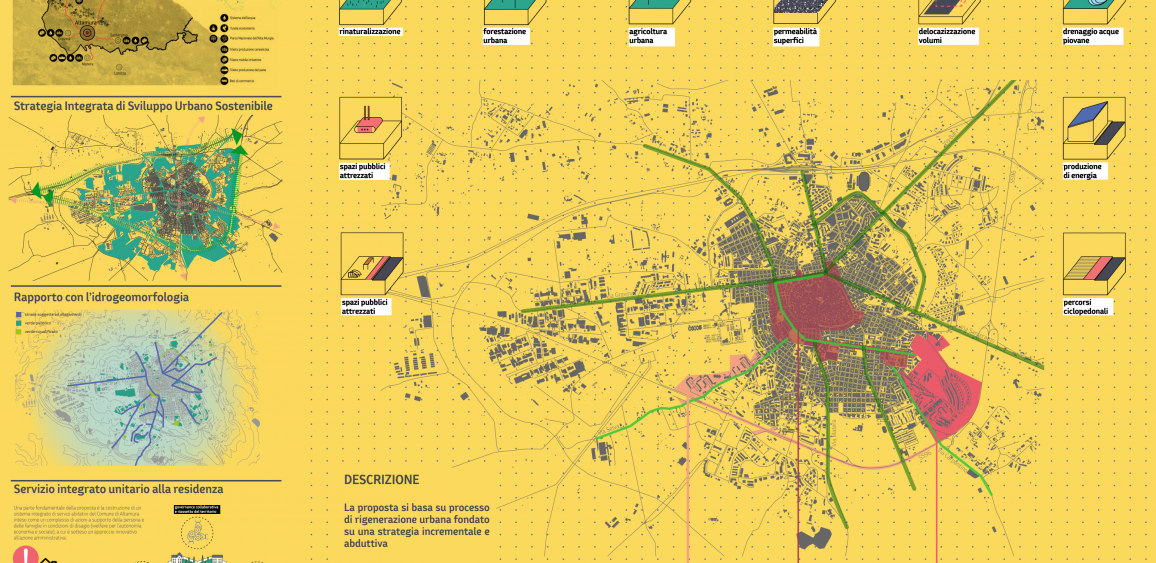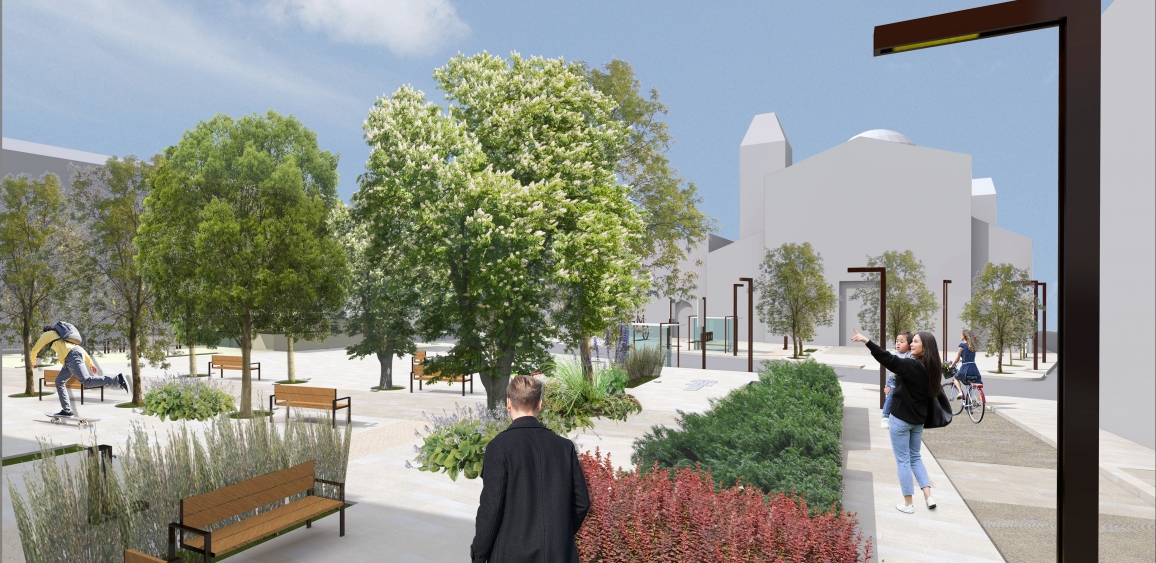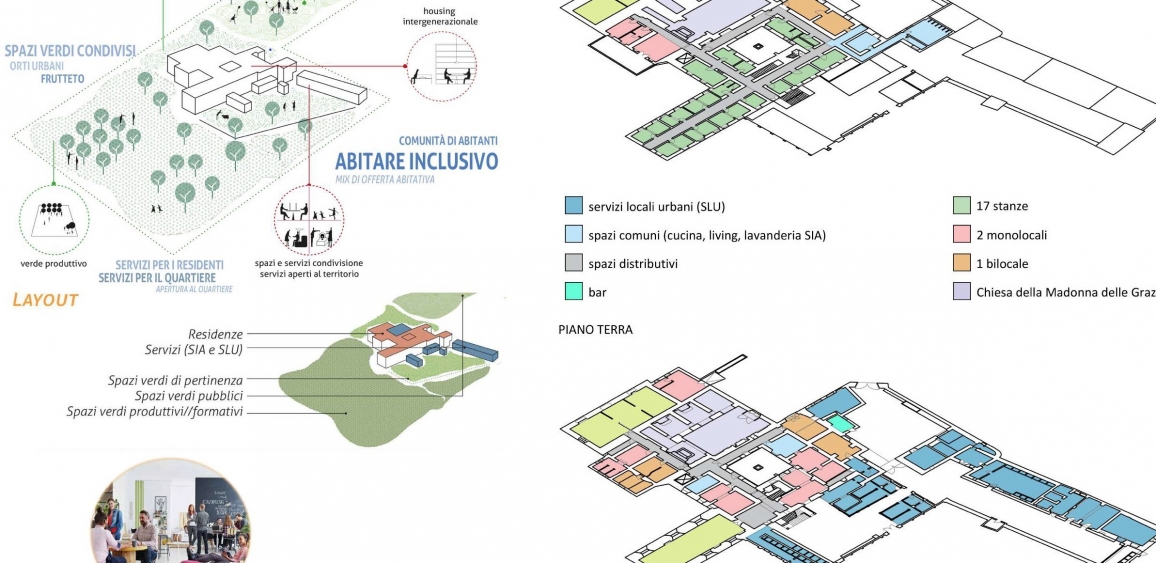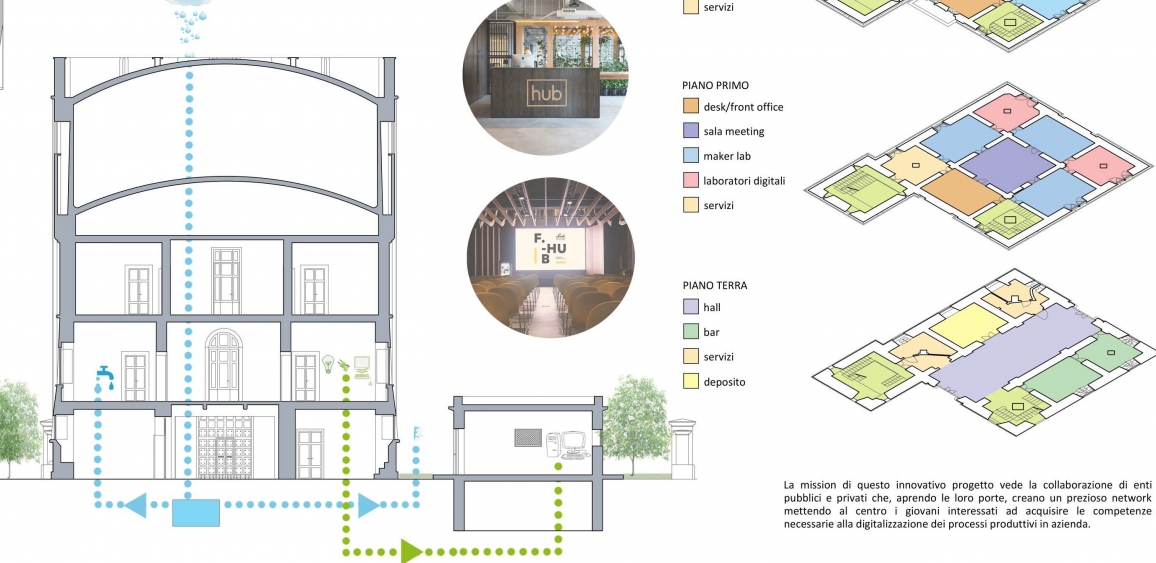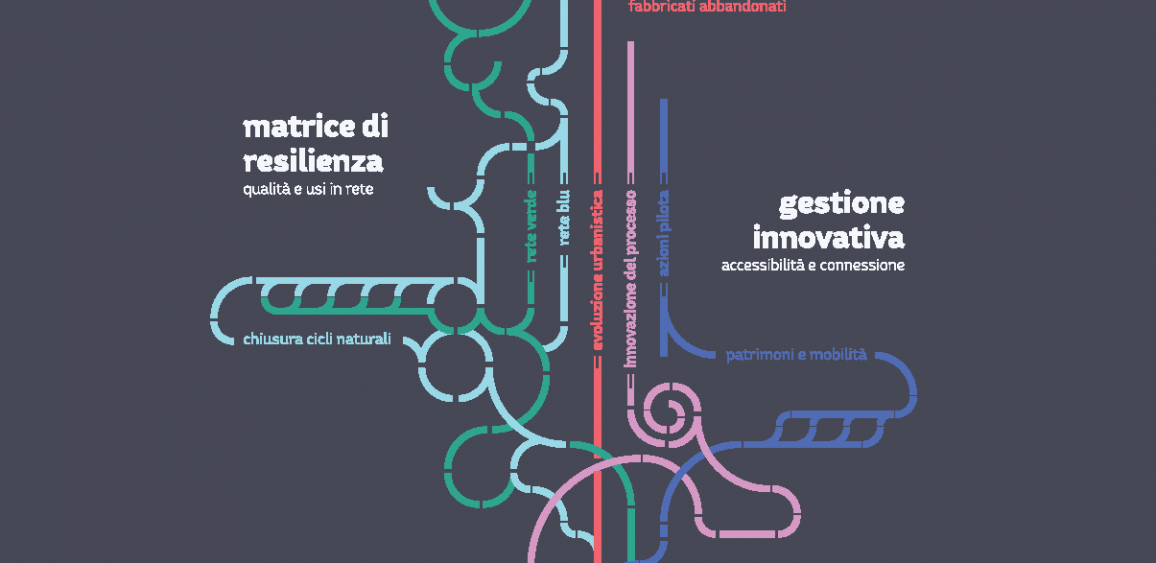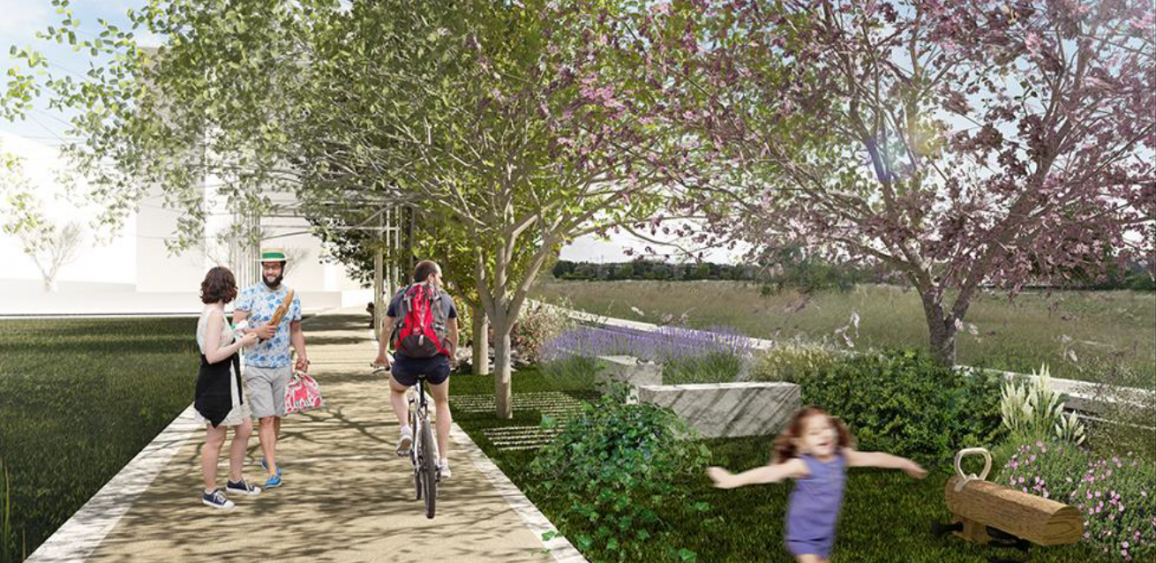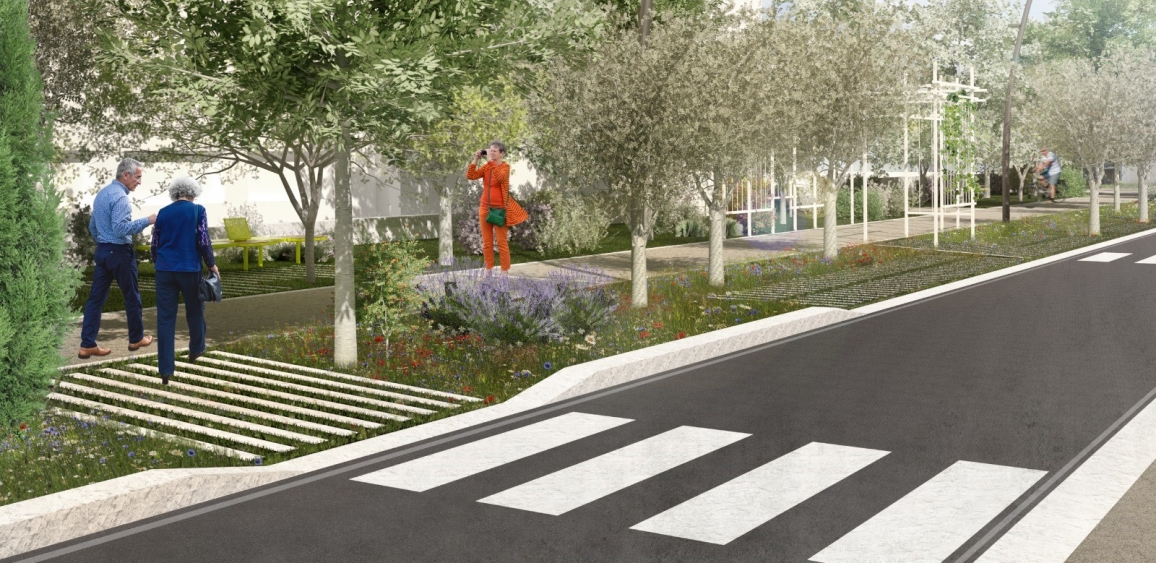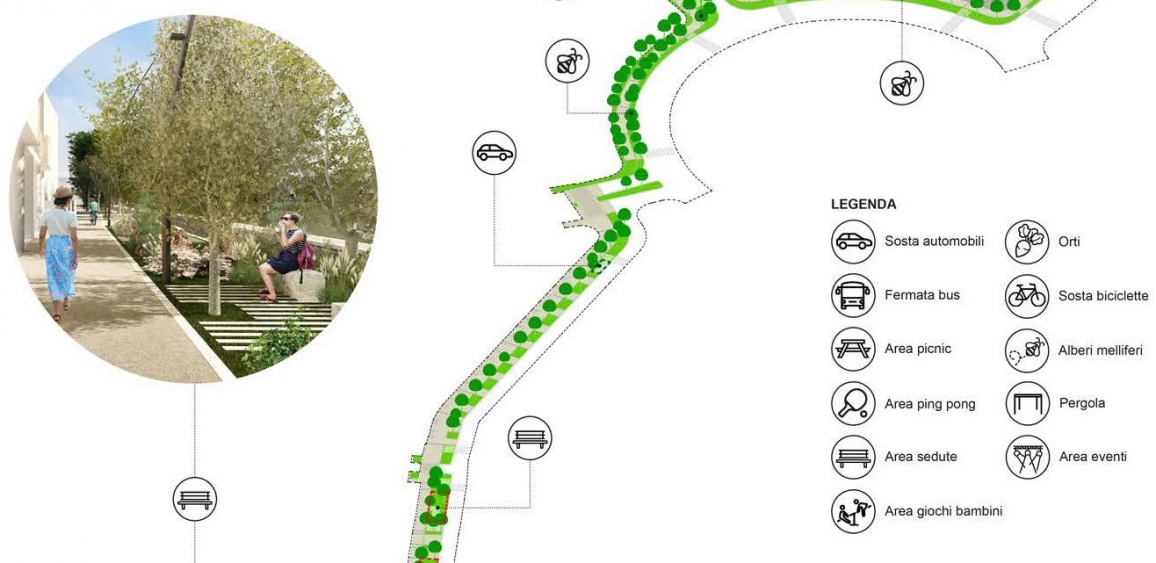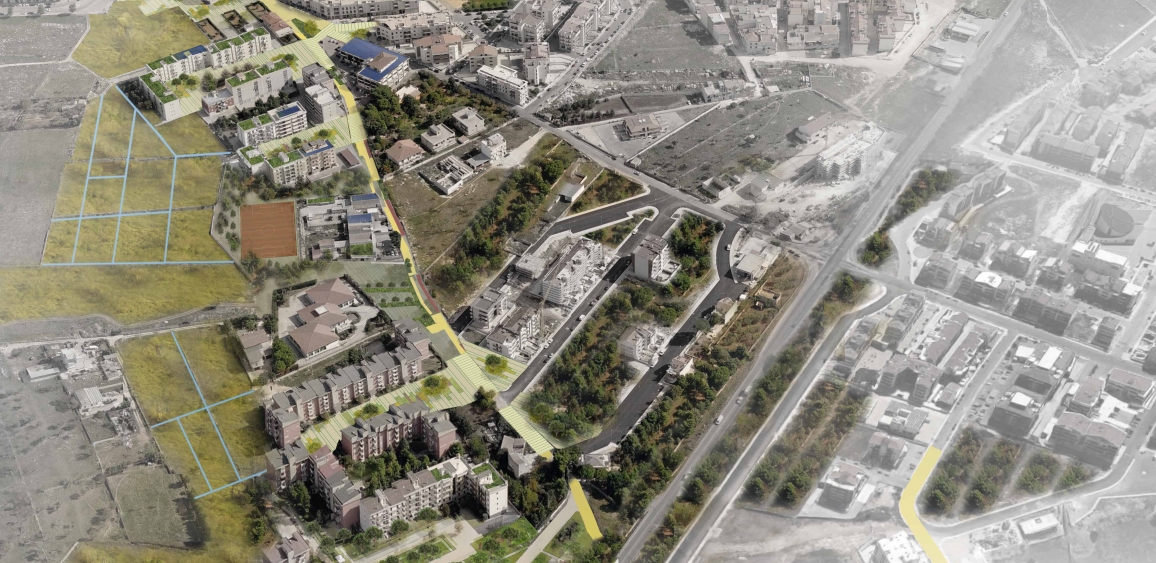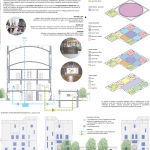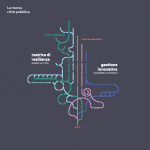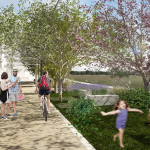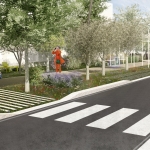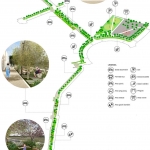In Altamura, since the Second World War, a utilitarian approach to the territory and its resources has been affirmed, an intensive consumption of soil, indifferent to the problems of landscape protection and sustainability of transformations.
The fatigue and congestion of the consolidated city, unable to respond to expectations related to new economic models and quality of life, has determined, specularly, the transfer to the suburban areas.
The PINQUA strategy, called QuIDD (Innovative Neighborhoods Data Driven-Pinqua Extramura, Pinqua Selva and Pinqua Carpentino.), aims to recover a systemic vision of development initiated by the Administration in recent years with the integration of the Programmatic Document of Urban Regeneration and the Sustainable Urban Development Strategy, which combines urban transformation with economic and social development in a green perspective of landscape construction. It also provides the renaturalization and enhancement of the historical matrixes and their internal radial penetration lines, which will become an ecological and logistical infrastructure, assuming the role of axes of slow mobility connecting city-countryside, suburbs-historical center along which connect neighborhood and territorial public services.
This network of connection links together the historical buildings destined to social-housing and social-hub ensuring the possibility to easily use the unitary system of integrated services to the residence, whose management will be built with the socio-economic partners. Around this public action, which assumes the role of leverage for private investment, through Public Private Partnerships, which will be activated with community tools such as Integrated Urban Regeneration Programs (ex REGIONAL LAW 29 July 2008, n. 21 “Rules for urban regeneration”).
Italiano
